Unlocking the Power of Pressure Washer Pumps for Optimal Cleaning Efficiency and Performance Insights
In the realm of outdoor cleaning, the pressure washer pump stands as a pivotal component, directly influencing the efficiency and performance of the entire system. According to a report by MarketsandMarkets, the global pressure washer market is expected to grow from USD 1.3 billion in 2020 to USD 2.5 billion by 2026, indicating a rising demand for high-performance cleaning equipment. The effectiveness of a pressure washer is largely contingent on the capabilities of its pump, which determines the water flow rate and pressure—a critical factor highlighted in a study by the American Cleaning Institute, noting that optimal pressure levels can enhance cleanliness by up to 50%. Understanding the mechanics of pressure washer pumps not only aids users in selecting the right model for their needs but also extends the longevity and performance of the unit, ensuring that cleaning tasks are completed efficiently and effectively. This guide aims to unlock the full potential of pressure washer pumps, providing insights into their operation, maintenance, and selection for optimal cleaning efficiency.
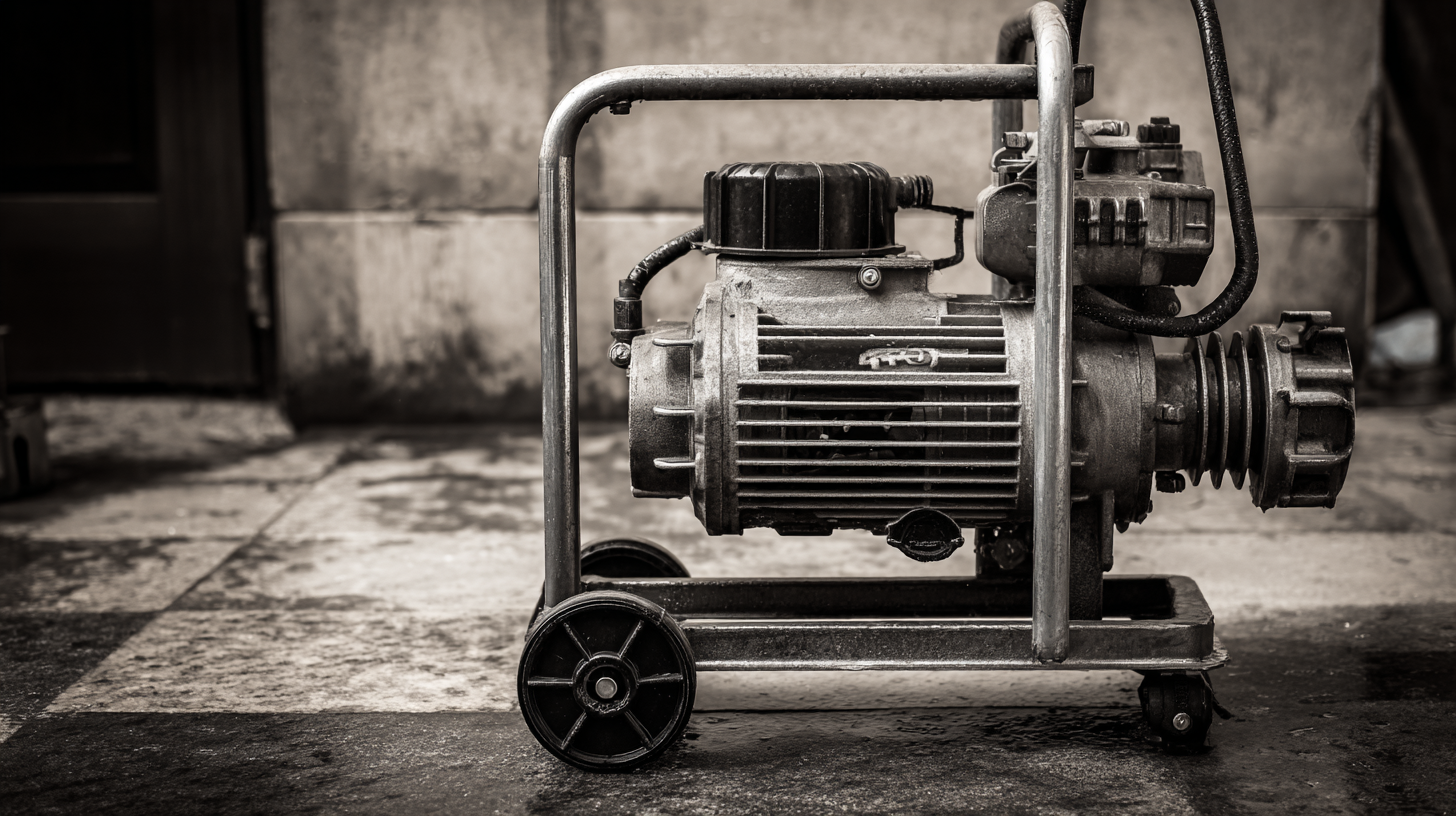
Understanding the Different Types of Pressure Washer Pumps
Pressure washer pumps are essential components that significantly influence the cleaning efficiency and overall performance of these machines. Understanding the different types of pressure washer pumps is vital for anyone looking to maximize their cleaning tasks. The main types include axial pumps, triplex pumps, and diaphragm pumps. Axial pumps are typically found in household models and are suitable for light to moderate cleaning tasks. They are easy to maintain and offer decent performance for occasional users. In contrast, triplex pumps are designed for heavy-duty applications, delivering higher pressure and flow rates, making them ideal for commercial use.
Here are some tips for choosing the right pump for your needs:
- **Assess Your Cleaning Requirements**: Consider the surfaces you plan to clean. For heavy-duty tasks, a triplex pump would be beneficial, while lighter jobs can be efficiently tackled with an axial pump.
- **Check for Compatibility**: Ensure that the pump is compatible with your pressure washer model to avoid performance issues or equipment damage.
- **Maintenance Matters**: Regular maintenance can extend the life of your pump. Follow the manufacturer's guidelines for cleaning and servicing to keep your pressure washer running smoothly.
By understanding the different pump types and their suitable applications, you can unlock the full potential of your pressure washer, achieving optimal cleaning results efficiently.
Key Features of Electric vs. Gas Pressure Washer Pumps
When it comes to pressure washers, understanding the distinctions between electric and gas pressure washer pumps can significantly impact cleaning efficiency. Electric pressure washers typically operate at lower PSI (pounds per square inch), often ranging from 1,500 to 2,300 PSI, and are suited for lighter tasks such as cleaning cars, patios, and outdoor furniture. According to the Power Washers of North America (PWNA), these electric models are often quieter, more energy-efficient, and require less maintenance compared to their gas counterparts.
On the other hand, gas pressure washers deliver higher PSI levels, usually between 2,500 and 4,000 PSI, making them ideal for tougher jobs like stripping paint or cleaning large surfaces like driveways and decks. A report by IBISWorld notes that the gas pressure washer market has seen a steady growth rate of 4.5% annually due to their effectiveness in heavy-duty applications. However, they come with increased noise and emissions, along with higher maintenance needs.
**Tips:** When selecting a pressure washer, consider the type of cleaning tasks you often face. For occasional lighter jobs, an electric pressure washer will suffice. But for frequent, extensive cleaning tasks, investing in a gas model may be worthwhile. Additionally, always match the nozzle type to the cleaning surface to avoid damage and maximize efficiency.
How Pump Design Influences Cleaning Performance and Efficiency
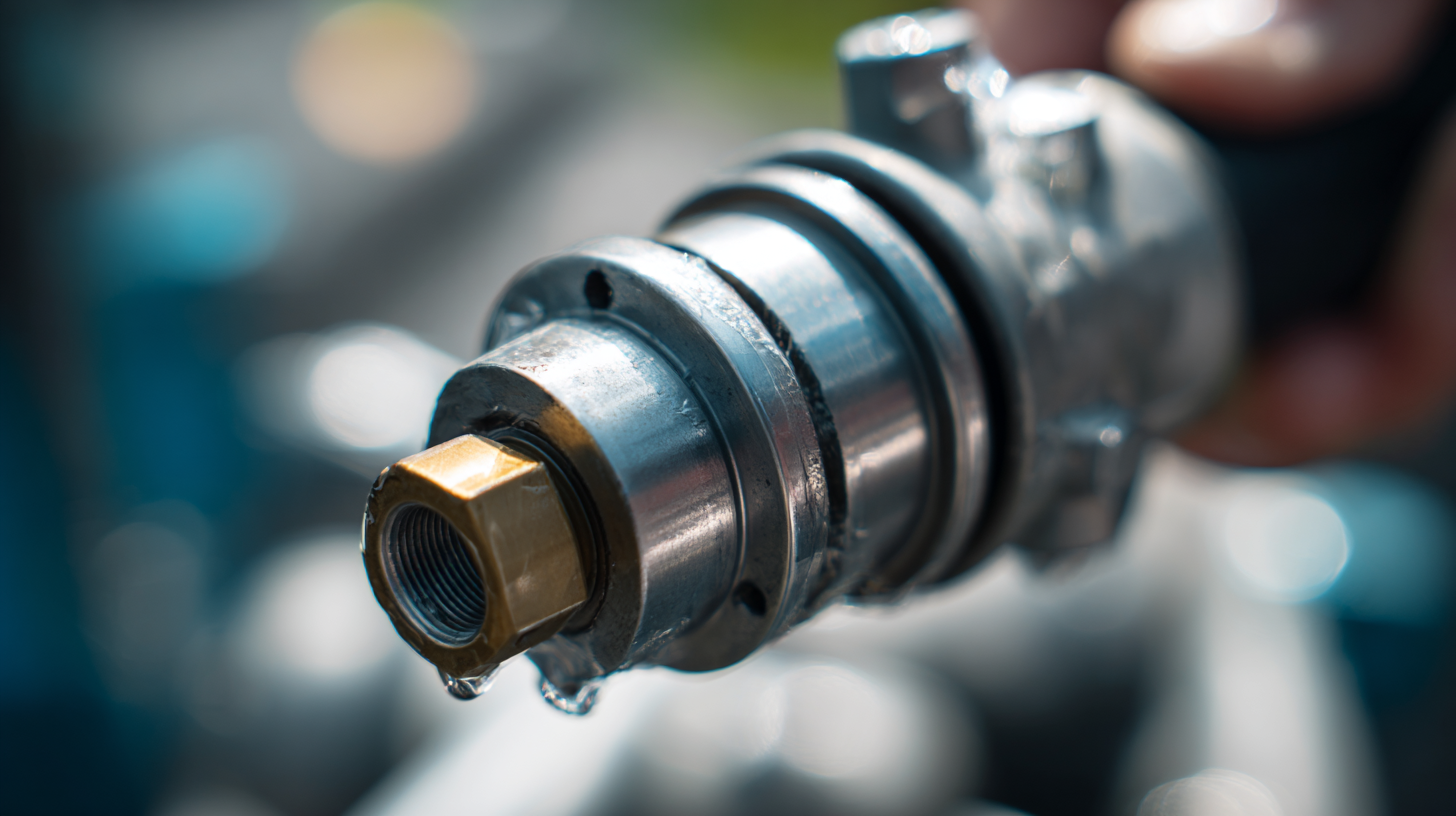 The design of pressure washer pumps plays a crucial role in determining both cleaning performance and efficiency. Different types of pumps, such as axial and triplex pumps, have unique characteristics that affect the flow rate and pressure output. Axial pumps are often more affordable and lightweight but may not provide the same durability and pressure consistency as triplex pumps, which are designed for heavy-duty use. Understanding these differences can help users select the right pump for their cleaning needs while maximizing efficiency.
The design of pressure washer pumps plays a crucial role in determining both cleaning performance and efficiency. Different types of pumps, such as axial and triplex pumps, have unique characteristics that affect the flow rate and pressure output. Axial pumps are often more affordable and lightweight but may not provide the same durability and pressure consistency as triplex pumps, which are designed for heavy-duty use. Understanding these differences can help users select the right pump for their cleaning needs while maximizing efficiency.
Tips: When choosing a pressure washer, consider the type of surface you'll be cleaning. For tougher materials like concrete, a triplex pump with higher PSI is typically more effective. Additionally, regular maintenance of the pump can significantly extend its lifespan and enhance performance.
Another key factor in pump design is the incorporated technology, such as adjustable pressure settings or thermal relief valves. These features allow users to customize the washing experience based on specific tasks, optimizing both water usage and cleaning efficiency. For example, lower settings can be used for more delicate surfaces to avoid damage, while higher settings are ideal for heavy grease or stubborn stains.
Tips: Always read the manufacturer's recommendations regarding pressure settings for different surfaces. This not only ensures optimal cleaning but also protects your equipment from unnecessary wear and tear.
Maintenance Tips to Extend the Life of Pressure Washer Pumps
Pressure washer pumps are integral to the efficiency and effectiveness of cleaning tasks, whether in residential or industrial settings. Regular maintenance is crucial to extend the lifespan of these pumps, which can significantly influence both performance and cost. According to a report by the Cleaning Industry Research Institute, proper pump maintenance can increase the longevity of pressure washer components by up to 40%.
To maintain optimal performance, it’s recommended to routinely check and replace the pump oil, as contaminated oil can lead to decreased efficiency and potential damage. Additionally, ensuring that the pump is free from debris and properly lubricated will prevent overheating and wear.
Tips: First, always follow the manufacturer’s guidelines regarding maintenance schedules and replacement parts. Secondly, consider performing a seasonal overhaul, especially before peak usage periods, to catch any potential issues early. Lastly, investing in a water filter can enhance pump longevity by preventing contaminants from entering the system, which can lead to premature failure. By taking these steps, users can ensure their pressure washer pumps operate at peak performance for years to come.
Choosing the Right Pump for Your Specific Cleaning Needs
When it comes to pressure washing, selecting the right pump is crucial for optimizing cleaning efficiency and achieving the desired performance. There are various types of pumps available, including triplex and axial pumps, each suited for different applications. Triplex pumps are renowned for their durability and ability to handle high pressures, making them ideal for commercial use or demanding tasks. On the other hand, axial pumps are typically more suited for lighter, residential tasks due to their ease of use and affordability.
Understanding your specific cleaning needs is key to making an informed choice. Factors such as the type of surface to be cleaned, the level of dirt or grime, and frequency of use should dictate your pump selection. For example, if you're looking to clean heavy machinery or large outdoor areas, a high-powered triplex pump will provide the strength needed to tackle tough jobs. Conversely, for regular household chores like washing cars or patios, a reliable axial pump can offer sufficient performance without the added complexity. By matching the pump to your specific cleaning requirements, you ensure efficient operation and prolonged lifespan of your pressure washer.
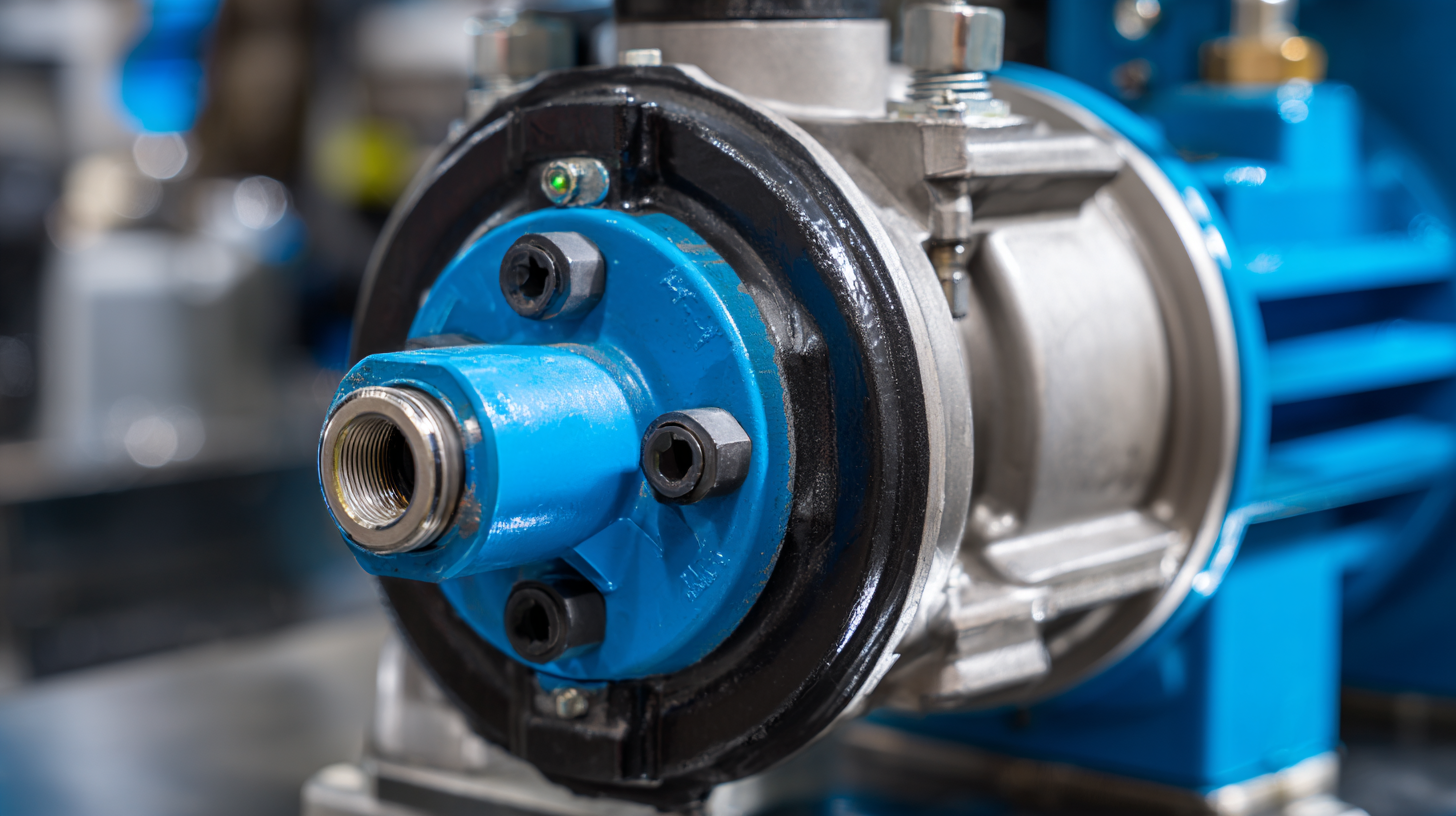
Related Posts
-
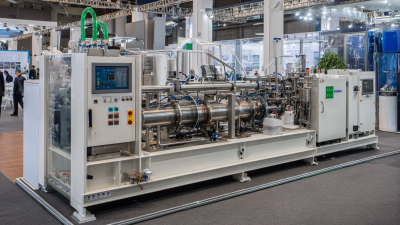
Unveiling Soft Wash Pump Innovations at the 138th China Import and Export Fair 2025
-
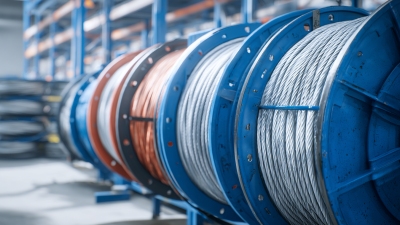
Maximizing Efficiency: How Industrial Hose Reels Transform Your Workspace Productivity
-
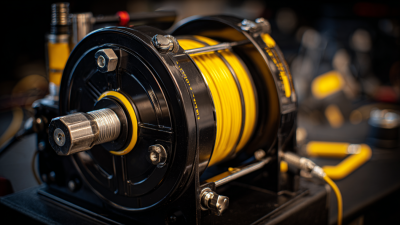
7 Essential Tips to Maximize Efficiency with Electric Hose Reels: Boost Your Productivity by 30%
-
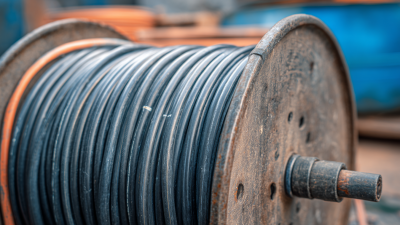
10 Amazing Benefits of Using an Air Hose Reel for Your Workshop
-

How to Choose the Right Pressure Gauges for Your Industrial Needs
-
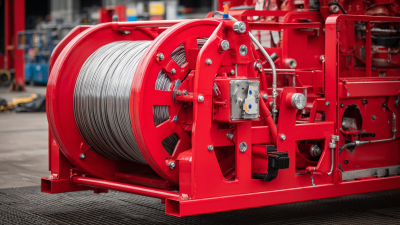
Why Choosing a Heavy Duty Hose Reel Can Boost Efficiency by 30% in Industrial Settings